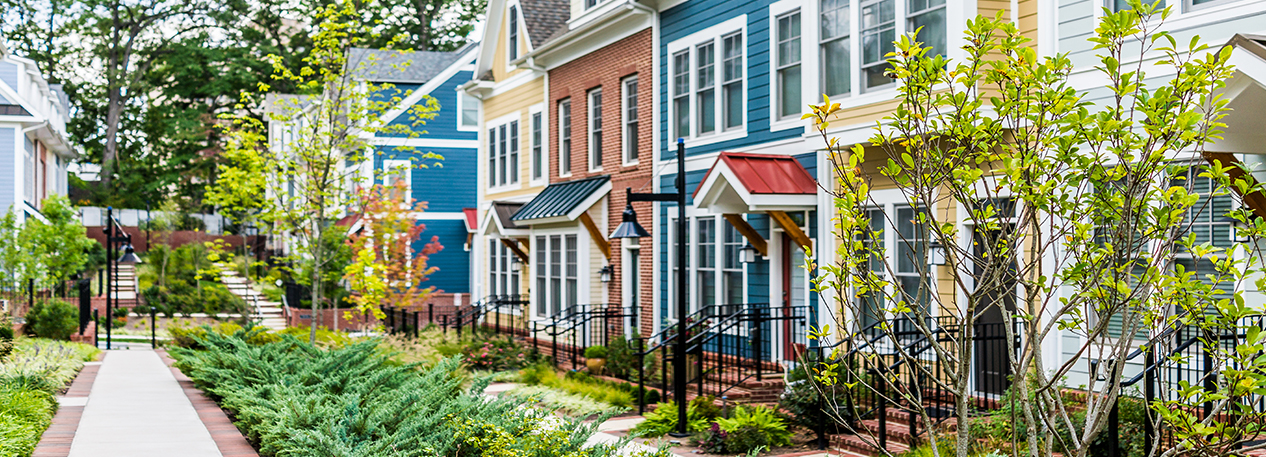What drove the remarkable 50 percent rise in U.S. house prices from 1996 to 2006 — and their dramatic 30 percent fall by 2011?1 To explain this historic cycle, most research points to three factors: low interest rates, the growth of subprime mortgages, and increasingly lax lending standards.2 But there appears to be increasing evidence of another important factor: speculation by individual investors. Investors can improve market efficiency under certain circumstances. Yet, as this article summarizes from recent research, they also have an outsize effect on house price changes. To assess what part investors played in the housing bubble, it will help to understand investor characteristics and what factors drive their buying and selling.
This article appeared in the First Quarter 2015 edition of Business Review. Download and read the full issue.
[1]Calculated using the Federal Housing Finance Agency house price index deflated by the headline consumer price index.
[2]For example, John Taylor cites low interest rates that he attributes to overly expansionary monetary policy (although see Ben Bernanke’s 2005 remarks for a different view on the cause of low rates). Yulia Demyanyk and Otto Van Hemert find that mortgage quality had deteriorated for six years before the crisis and that securitizers were aware of the trend. Atif Mian and Amir Sufi closely correlate the increase in securitization of subprime mortgages with mortgage lending growth in zip codes where subprime mortgages were prevalent but income growth was not. Tim Landvoigt finds that expectations of higher-than-average price gains were greater at the beginning of the boom but had nearly evaporated by 2004, two years before the bust, while down payment requirements continued to be relaxed throughout the boom.
View the Full Article
